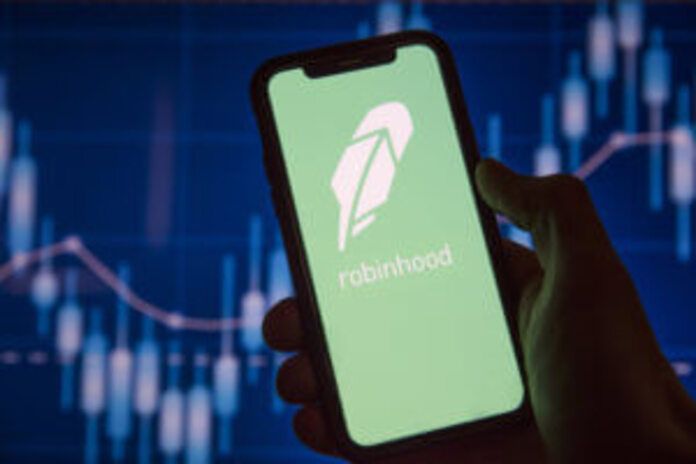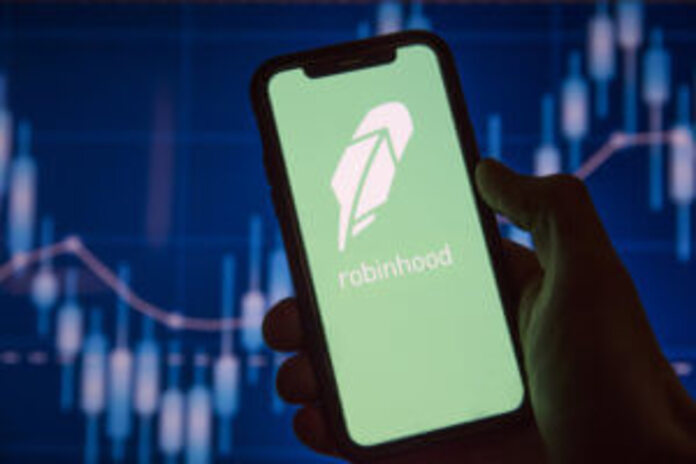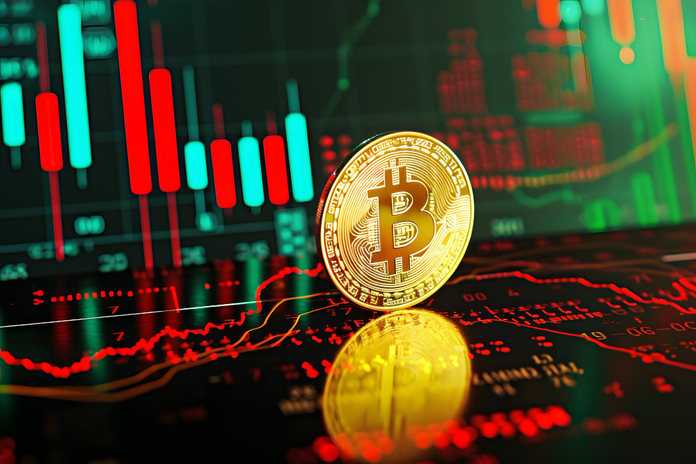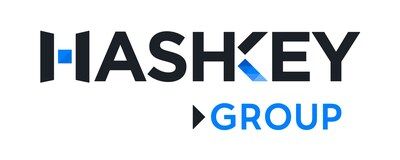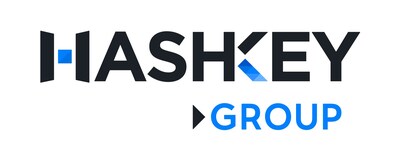Addentax Crypto Acquisition Targets $800M in Bitcoin
This post was originally published on this site
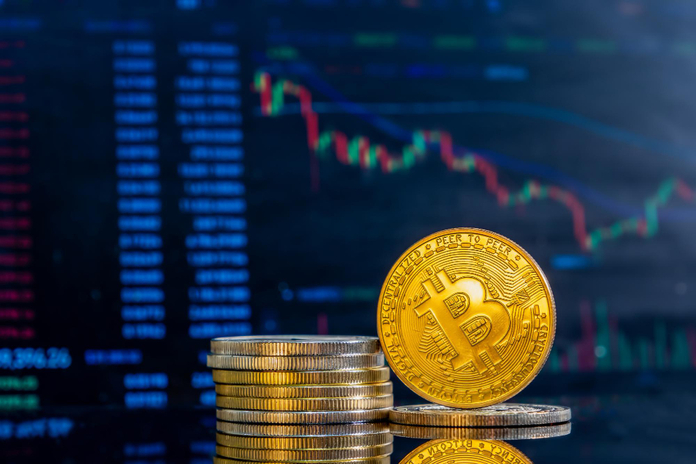
Addentax Group Corp. (NASDAQ:ATXG), a China-based diversified business group, shocked markets with its bold Addentax crypto acquisition announcement. On Thursday, the company revealed its intention to acquire up to $800 million worth of cryptocurrencies—including as many as 8,000 Bitcoins—through a share-based deal. While the stock initially surged on the news, it later gave back most of its gains, reflecting investor uncertainty around the ambitious plan.
Still, the news marks a clear turning point in Addentax’s corporate strategy. The company is moving aggressively into the blockchain space and betting big on Bitcoin and other digital assets to reshape its financial future.
Details Behind the $800M Addentax Crypto Acquisition
The proposed Addentax crypto acquisition would involve issuing common shares to acquire a portfolio of cryptocurrencies, including Bitcoin and potentially meme coins like the Official Trump coin. Although no formal agreement has been signed, Addentax is currently negotiating with influential cryptocurrency holders who collectively control approximately 8,000 Bitcoins.
At current prices, the proposed acquisition is valued near $800 million, making it one of the most significant crypto plays by a publicly traded Chinese company listed on a U.S. exchange.
This share-based transaction would allow Addentax to both acquire valuable digital assets and bring seasoned crypto investors into its ownership structure—potentially aligning shareholder interests with the company’s new strategic direction.
Why Addentax Is Betting on Bitcoin
CEO Hong Zhida views the acquisition as a transformative step in Addentax’s evolution. “This initiative supports the Company’s broader blockchain strategy by facilitating potential acquisitions of digital assets such as Bitcoin and introducing strategic investors with experience in the crypto ecosystem,” he said in a statement.
Zhida also pointed to the long-term value of established cryptocurrencies. Bitcoin, in particular, is seen by many as a liquid and appreciating asset—attractive qualities for companies looking to hedge against inflation and diversify their balance sheets.
Institutional interest in crypto continues to grow, and Addentax is positioning itself to benefit from this trend. The Addentax crypto acquisition could help the company tap into blockchain innovation, digital payments, and decentralized finance, all while enhancing its market profile.
Risks and Rewards for ATXG Investors
While the potential upside of the Addentax crypto acquisition is substantial, the deal is not without risks. Volatility in the crypto markets could quickly erode asset values, and issuing new stock may dilute existing shareholders.
Moreover, no definitive agreement has been reached, and regulatory scrutiny around crypto transactions—especially for cross-border public companies—remains high. The lack of clarity around the structure and timing of the transaction has already introduced some market skepticism.
However, if executed successfully, this pivot could transform Addentax from a relatively obscure microcap into a high-profile player in the digital asset world. The company is effectively trading paper—its own equity—for highly sought-after crypto assets, a move that could significantly reshape its financial standing and investor base.
The Bigger Picture: Corporate Crypto Convergence
Addentax’s move follows a broader trend of public companies integrating crypto into their corporate strategies. Firms like MicroStrategy Inc. (NASDAQ:MSTR) and Tesla Inc. (NASDAQ:TSLA) have made headlines for holding Bitcoin on their balance sheets. Now, Addentax aims to join that elite group with a bolder, equity-funded acquisition.
Unlike traditional investments, the Addentax crypto acquisition hinges on acquiring not just assets but also crypto industry expertise. By welcoming seasoned holders into its shareholder structure, Addentax is betting on a knowledge transfer that could boost its blockchain credibility and unlock future growth opportunities.
Conclusion: A High-Stakes Leap into Digital Assets
Addentax’s planned $800 million crypto acquisition is more than a financial maneuver—it’s a strategic pivot that reflects how public companies are embracing the digital economy. If successful, this bold bet could position (NASDAQ:ATXG) as a serious player in the blockchain ecosystem. But until the ink dries on a definitive deal, investors will be watching closely to see whether this ambitious crypto gamble pays off.
Featured Image: Freepik
